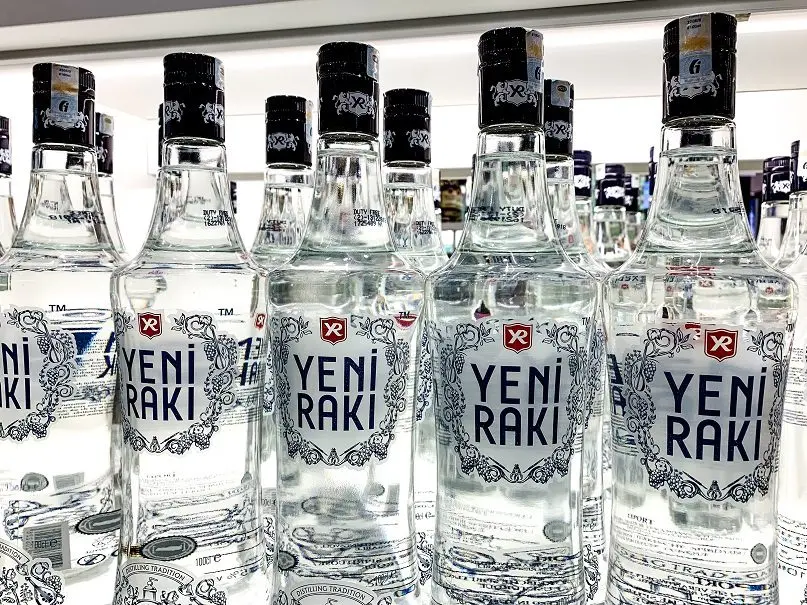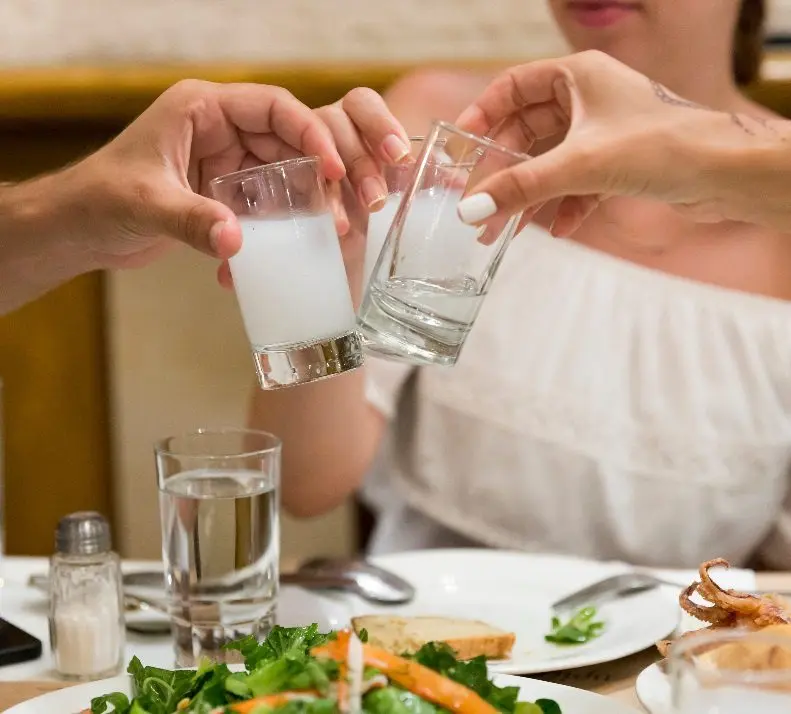Arak (Araka, Araki, Archi, Ariki) is a group of alcoholic beverages with a strength of 40-60 degrees, which is a distillate tincture (a distillation product of fermented raw materials) on anise. Most often it has a yellow, golden, white or transparent color.
Arak is widespread in the Middle East, Central Asia and the Balkans. In terms of taste and production technology, it is similar to Greek Ouzo vodka, Bulgarian mastic, Italian sambuca and Turkish brandy.
From Arabic, the word “Arak” is translated as “sweat” or “sweat”. This refers to the distillation of the mash, during which the finished distillate drops into a container along a long neck.
Arak appeared about 300 years ago in the East. Where exactly – historians can not say. According to one version, it was invented in Iraq, after which merchants distributed the drink around the world. According to another version, the Mongol warriors of Genghis Khan brought arak with them to the occupied lands.

In moderate amounts (up to 30 ml per day), arak is believed to be useful for indigestion, colic, diseases of the upper respiratory tract and the reproductive system in men. In oriental medicine, it is used to increase immunity, increase blood circulation and rejuvenate the skin. Due to the high content of anise, arak is harmful to people with chronic diseases of the stomach, intestines and cardiovascular system.
Production technology
The alcohol base of the tincture depends on the region of production. In Mongolia, koumiss is used (fermented mare’s milk is first distilled into moonshine, then insisted on anise). In Southeast Asia, arak is made from coconut palm sap, rice, cane, dates, and figs. In Turkey and Lebanon, distillate is obtained from grape pomace remaining after making wine. Arak made from plums and other fruits is popular in the Balkans.
After the raw material has fermented, it is distilled three times (that is why it is wrong to call arak vodka, it is closer to moonshine). Then add anise (star anise) and insist in oak barrels or bottles with a long narrow neck. Sometimes other ingredients are added to the composition, for example, herbs or plant seeds, honey, spices. Each region has its own characteristics.

To prepare arak at home, I advise you to familiarize yourself with the recipe for anise tincture. You can use alcohol, vodka or moonshine. The result is almost no different from store counterparts.
How to drink arak
In the East, it is customary to dilute arak with cold water without gas in a ratio of 1:2 (one part of the tincture to two parts of water). Due to the reaction of anise essential oils with water, the drink immediately turns white, which is why it is also called “lion’s milk” in the Arab world. Sometimes producers sell already diluted arak, it is originally white.

It is right to drink arak during a meal, having a plentiful snack on spicy fragrant dishes of the Middle Eastern cuisine. In some countries, nuts, fruits are also served as a snack, or a few drops of the drink are added to coffee.
An unprepared tourist who is accustomed to European alcohol traditions may not like the milky-colored arak that smells strongly of anise and about 20% alcohol (diluted). This is fine.
PS In most regions, arak is made at home or at small distilleries, often the quality of its purification from aldehydes and fusel oils leaves much to be desired. Therefore, they should not get involved.









